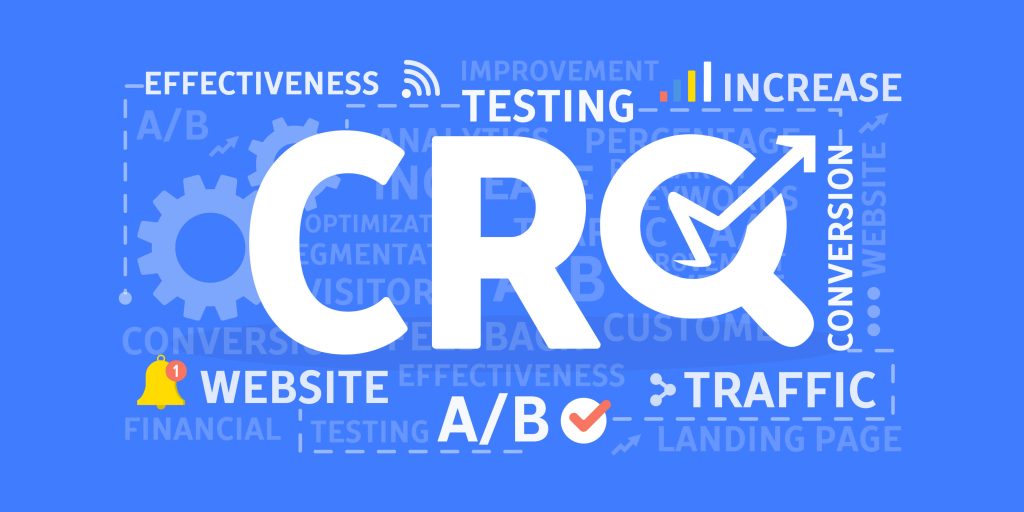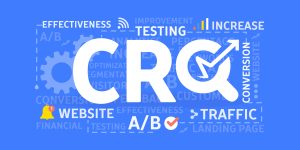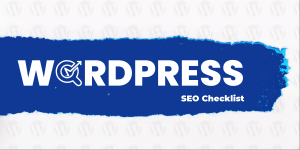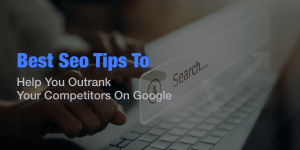Online stores and other digital businesses typically have conversion rates between 1-2 per cent. Raising this percentage above 2 per cent takes work and persistence, but more importantly, it means making your website a lead- and conversion-generating machine. The process of developing a conversion rate optimisation strategy can be challenging. Here, an SEO agency in London can help you develop a tried-and-true strategy to increase your conversion rate.
Therefore, we will discuss strategies for increasing conversion rates through on-site optimization. Let’s get started.
Conversation Optimisation: What is It?
Optimising conversion rates encourage website visitors to complete specific actions, such as completing forms. To increase conversion rate, you must understand how visitors interact with your website, where they go, what they do, and what can deter them.
Tips to Increase Your Conversion Rate Through on-Site Optimisation
You can increase your conversion rate by using the following strategies.
Take Advantage of Filtered Navigation
It’s important to have an intuitive, easy-to-navigate website to keep people on it longer. Your navigation should have filter options so users can find exactly what they’re looking for.
Various filters and advanced site navigation tools allow users to narrow search results according to their needs. With refinery filters, consumers can exclude undesirable items based on several parameters, such as price, type, rating, or colour.
Refining a search will increase the chances of finding what the customer is looking for. Online marketplaces with a big selection of goods need to make it easy for their clients to navigate. B2B sites with much information are especially useful.
Get your Content Aligned with Traffic Sources
Your Social Media Marketing and Digital Marketing initiatives must deliver the content you promised. Your landing page must be obvious and directly related to every ad, blog post, or search engine result. Your content must align with these traffic drivers for credibility with your audience.
Customers who recognise familiar advertising or social media imagery know they’ve arrived at the right place. The longer a visitor stays on your site, the lower the bounce rate and the higher the conversion rate.
To avoid mistakes in this area, follow these best practices:
- Ensure that the title tag and the H1 title match.
- Optimise the layout based on keywords.
- Logically organise the site.
- Both ends should use the same imagery.
- Make the ad copy/social media post/organic search result immediately visible.
Make the Page Load Faster
Waiting more than three seconds for a page to load increases visitors’ chances of leaving. 79% of online consumers won’t shop on a site again if they aren’t satisfied with its performance.
Among the most significant factors affecting conversion is the speed at which the page loads. Websites with poor load times will lose potential customers and have difficulty converting them.
To make your pages load faster, you need to determine how fast they currently load. Make sure your site loads fast on desktops and mobile devices using one online website speed test tool. Analyse the reports generated by the tools to learn more about front-end and back-end factors slowing your site down.
Next, you can take the following steps:
- Clean up excess HTML, CSS, JS, and PHP code.
- Image compression and optimisation.
- Minimise the use of external embedded media.
- Consider using a premium hosting plan.
Keep Distractions to a Minimum
A landing page needs to encourage conversions to be clear, easy to use, and direct. It’s best to eliminate all auxiliary materials and components so consumers don’t get distracted. Choose the web pages on your site that are crucial to your visitors’ experience. On these pages, they decide whether or not to convert.
You should only use the following elements on these pages:
- Headline.
- Subheadings.
- A description of the benefits of the product/service.
- Product/service images or video.
- Call-to-action (CTA).
Add a Live Chat Feature
Website visitors who don’t convert may have questions or worries about your product. You can prevent potential customers from leaving your website by adding live chat. Live chat lets your customer service or sales team ease potential customers’ concerns.
A/B Testing
You must keep testing to find the most appealing online presence for a better conversion rate. Optimising opportunities should strike the right balance between creative content and risk control. Use A/B testing software to compare conversion rates between two versions of your site. The result may determine whether a company is successful or struggling.
Create Strong Call-to-Actions
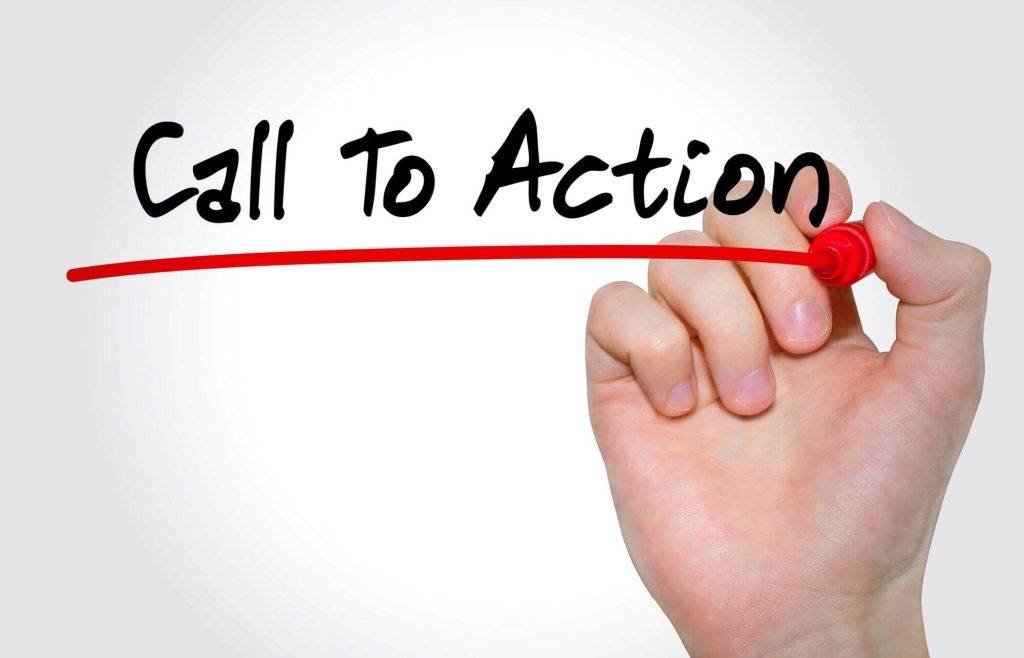
Your call-to-action (CTA) is crucial to conversion. CTAs might include:
- Downloading an offer.
- Sharing a social media post.
- Signing up for your email list.
Your website and landing pages should include CTAs. In most cases, this means they’re clear and easy to understand. Each landing page will have only one call to action, but it will appear multiple times. When a CTA appears early on a page, it’s better. Those who don’t scroll down far enough may miss the conversion point.
Always remember that you can access the CTA anywhere on the page. It’s easy to get visitors to take action if you remove their risk and effectively communicate the message in your CTA.
Establish your Brand's Credibility
Investing time and attention in increasing the credibility of your brand is essential for marketing success. By nature, customers are indecisive, and it is up to you to convince them to buy your product or service. Make your visitors trust that your brand can assist them in solving their problems, so investing is worthwhile.
Having a positive reputation will help you prove your value to potential clients. This will help you get more leads, increase conversions, and get more engagement on your site.
The use of testimonials increases website conversion rates and boosts brand trust. Your marketing plan must include testimonials because they influence consumer decisions. You can convert more customers with testimonials on your website by using them at the right time.
Social Proof is Important
Social proof plays a big role. Social proof heavily influences shopping decisions. People often seek advice from others who have used the products when deciding between two brands.
Using testimonials, reviews, star ratings, and current statistics is an example of social evidence. Businesses can increase conversions by confirming the customer’s choice, so incorporating it into the marketing plan is essential. The long-term benefit is that it helps establish a brand’s reputation.
Boost Action with Incentives
It is important to remember that your prospects are acting for their benefit. Giving visitors incentives and rapid offers is the best way to get them to act immediately.
Consumers are most likely to use discounts and incentives to foster loyalty, with 61% claiming to use them. Using incentives to encourage visitors to take action will boost conversions. It capitalises on the potential customer’s emotions by raising rewards for action and reducing regret.
Conclusion
That’s all from our today’s round-up. An increased conversion rate increases user value, increasing a website’s ranking on search engines. Keeping these CRO best practices in place will be crucial to your company’s growth and profitability.
Rather, if you need an SEO agency to develop a result-driven strategy for improving your conversion rate, then SEO Services in London can assist. Get in touch with us today to schedule an online appointment.

